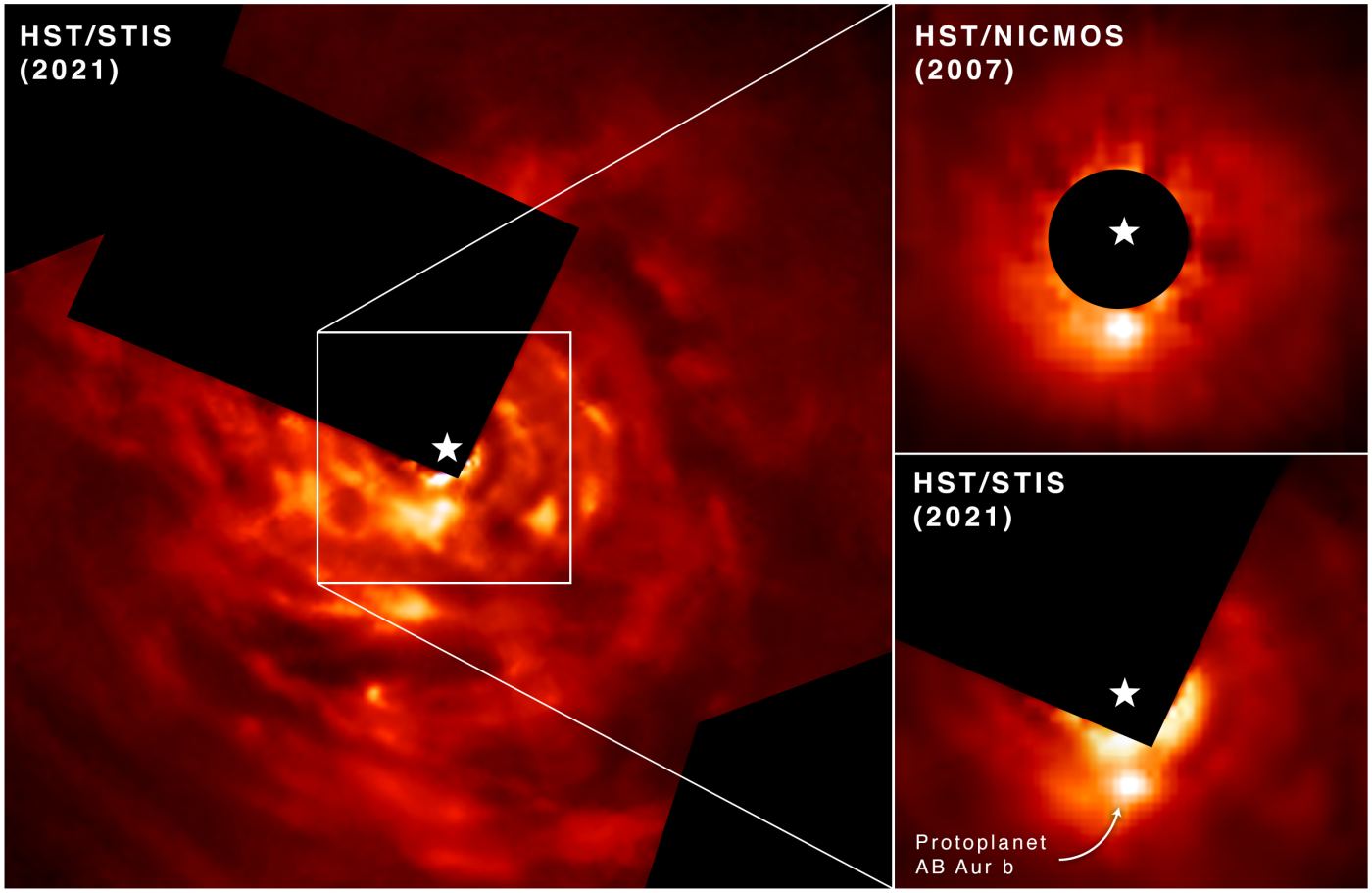In 1936 astronomers watched as FU Orionis, a dim star in the Orion constellation, brightened dramatically. The star’s brightness increased by a factor of 100 in a matter of months. When it peaked, it was 100 times more luminous than our Sun.
Astronomers had never observed a young star brightening like this.
Continue reading “The Hubble and FU Orionis: a New Look at an Old Mystery”




